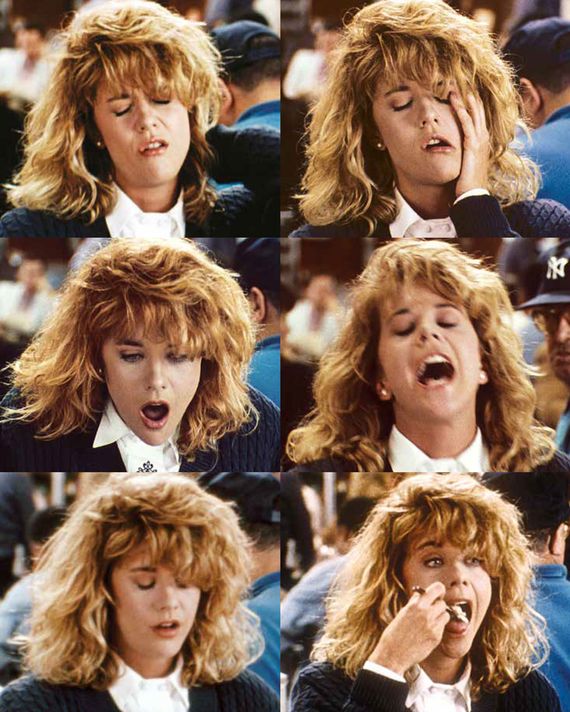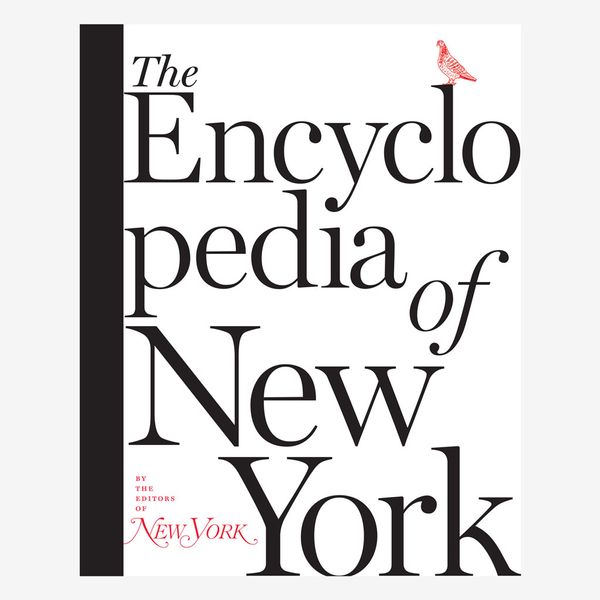
The first onscreen kiss—fifty feet of celluloid, running about twenty seconds—was shown in New York in 1896. Appropriately titled The Kiss, it was among the first motion pictures ever shown theatrically to a paying public, it was produced by Thomas Edison, and it starred May Irwin and John Rice, who reenacted their final, happy smooch from the stage musical comedy The Widow Jones. It also caused a brief uproar over the depiction of such wanton sexuality.
In the early days of the medium, much of what passed for movies were extensions of Broadway plays and other shows, and over the ensuing years, New York was the hub for much of the industry (before producers and directors discovered Hollywood and the lucrative spoils of the Western). The city was also a cinematic laboratory where several notable genres were created.
The comedy-romance as a literary and theatrical idea dates back to the days of Shakespeare, but on film, it developed organically through situational and romantic vignettes produced by such New York–based studios as Vitagraph, Mutoscope (later Biograph), and Independent Moving Pictures. Films like 1910’s A Tin-Type Romance and 1912’s Up Against It were simple and charming, though not particularly New York–y. (The former is set on an empty beach, the latter mostly in drawing rooms.) Oddly enough, the city emerged as a popular setting only after the industry began to move west. Cecil B. DeMille, a New Yorker who had decamped for California (he directed Hollywood’s first feature film), re-created New York locations in Los Angeles for 1914’s What’s His Name (a baker’s daughter marries a soda jerk, then becomes a Broadway star) and 1915’s Chimmie Fadden (set among the city’s tenements and Long Island’s mansions). DeMille would go on to make a series of successful remarriage comedies, including 1919’s Don’t Change Your Husband and 1920’s Why Change Your Wife?, both starring Gloria Swanson. Also in 1920, the young vaudeville star Buster Keaton found his first leading role in The Saphead as the hapless scion of a wealthy New York family desperate to impress the girl of his dreams, who happens to be his adopted sister. (Keaton would hone the form over the next five years in Seven Chances and Sherlock, Jr.) Movies like these, mixtures of screwball comedy, farce, slapstick, and melodrama, weren’t called “romantic comedies” back then, but they laid the groundwork for the genre as we know it, and New York was a significant part of its foundation.
Romantic comedies are driven by connection, and the city was an ideal cinematic setting for finding unlikely romance. Whether the characters were chorus girls, journalists, bankers, or office drones, New York was where you’d find them, and the ways the city regularly forced rich and poor and men and women together made it a land of romantic opportunity. Its complexity and difficulty of navigation enabled plot twists and missed connections; the anonymity of city life allowed screenwriters to incorporate mistaken identities and surprise revelations, where, say, someone you work with and loathe also turns out to be your pen-pal soul mate.
Broadway was a central setting for backstage musical rom-coms like Gold Diggers of 1933 (the third cinematic iteration of Avery Hopwood’s 1919 New York–set play The Gold Diggers). And New York became the backdrop for now-iconic examples of the genre like My Man Godfrey (1936), You Can’t Take It With You (1938), and the Katharine Hepburn–Spencer Tracy classics Woman of the Year (1942), Adam’s Rib (1949), and Desk Set (1957). Teeming streets and crowded offices and apartments stacked atop one another made ideal locations for the “meet-cute,” whereby our soon-to-be-lovers chance upon each other in some unlikely circumstance. That applied even in movies that are only marginally comedies and questionably romantic: Think of Breakfast at Tiffany’s (1961), in which the elegant Audrey Hepburn and the unemployed George Peppard play neighbors who meet thanks to a doorbell screwup; The Apartment (1960), in which insurance-company employee Jack Lemmon falls for elevator operator Shirley MacLaine; and How to Marry a Millionaire (1953), in which Marilyn Monroe, Betty Grable, and Lauren Bacall play three marriage-minded beauties who settle into the penthouse apartment of a rich businessman. Even the tragic An Affair to Remember (1957), in which Cary Grant and Deborah Kerr, who are involved with other people, attempt to reunite at the Empire State Building, was reimagined as Sleepless in Seattle, which, despite its title, is still an iconic New York rom-com.
In the 1970s and ’80s, New York’s status as an ideal milieu for comic-romantic shenanigans would become even more pronounced—perhaps ironically, since much about the city itself was, at this time, decidedly unromantic in any traditional sense — through the work of Woody Allen, Neil Simon, Paul Mazursky, and Nora Ephron and other directors’ films such as Moonstruck (1987), Crossing Delancey (1988), and Working Girl (1988). These set the stage for a slew of New York rom-coms that would explode in popularity as the city recovered from its disarray and decay: everything from You’ve Got Mail (1998) and Serendipity (2001) to Maid in Manhattan (2002), Two Weeks Notice (2002), and 13 Going on 30 (2004). If there’s any common thread to this sprawling century’s worth of films, it’s this: A remarkable number of them incorporate a walk in Central Park, and even though it’s a cliché, it usually works.



